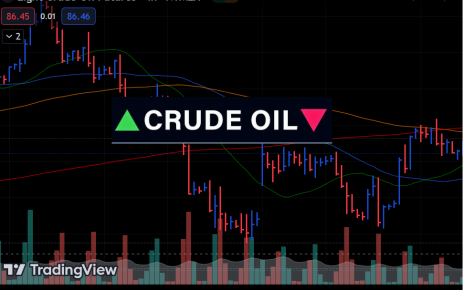- US retail sales fell by 1.1% last month, the largest drop since December 2021.
- US manufacturing output decreased more than forecast in December.
- US crude oil stockpiles increased by around 7.6 million barrels last week.
The price of oil futures dropped by as much as $1 on Thursday due to concerns about the impending recession. The outlook for demand was clouded by a steep loss in US retail sales and factory production, while industry data that showed an unexpected increase in US crude stocks added to the pressure.
Retail sales in the US declined by the most in a year in December, hurt by lower purchases of cars and other products, placing consumer spending and the economy as a whole on a poorer growth path going into 2023.
Retail sales fell by 1.1% last month, the largest drop since December 2021. Data for November was revised to indicate sales dropping by 1.0% instead of 0.6%, as initially reported.
The United States manufacturing output decreased more than forecast in December, marking its worst decline in nearly two years as rising borrowing rates harmed consumer demand for goods.
Data from the American Petroleum Institute indicated that US crude oil stockpiles increased by around 7.6 million barrels in the week of January 13, which only deepened the gloom. Analysts had expected a decrease of nearly 600,000 barrels.
The significant build represents a huge rise in inventory for the second week in a row.
Regarding US interest rates, Loretta Mester, president of the Cleveland Fed, stated, “I just think we need to keep going, and we’ll discuss how much to do at the meeting.”
The comments appeared to represent a commonly held viewpoint among her fellow policymakers, the majority of whom had, as of December, penciled in a policy rate of between 5.00% and 5.25% for the upcoming months.
Mester stated that to further lower inflation, the Fed’s policy rate will need to go “a bit higher” than that and remain there for a while.
Investors anticipate that the Fed will increase its benchmark overnight lending rate by a quarter of a percentage point after its meeting on January 31–February 1. The current target range for this rate is between 4.25% and 4.50%.
The US dollar increased on the hawkish comments, which reduced demand for oil because a stronger dollar makes commodities more expensive for holders of other currencies.




